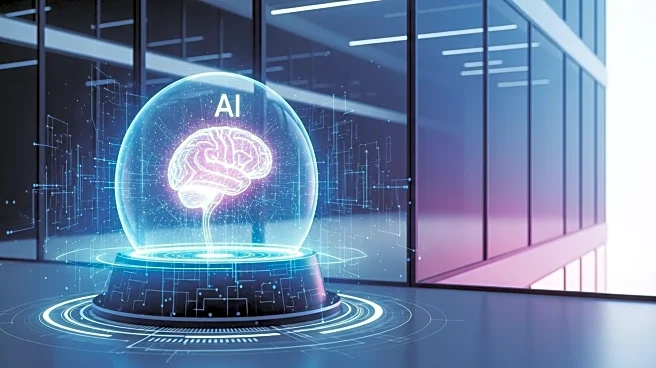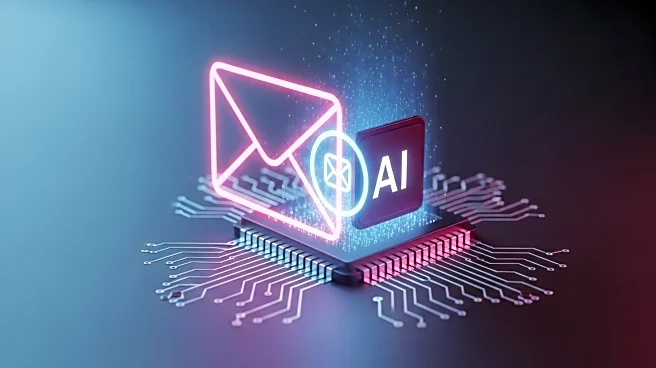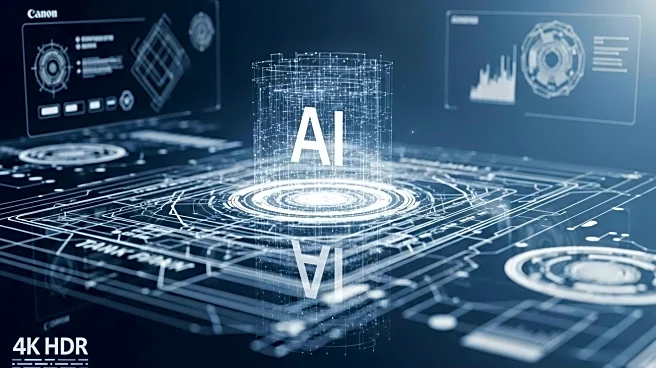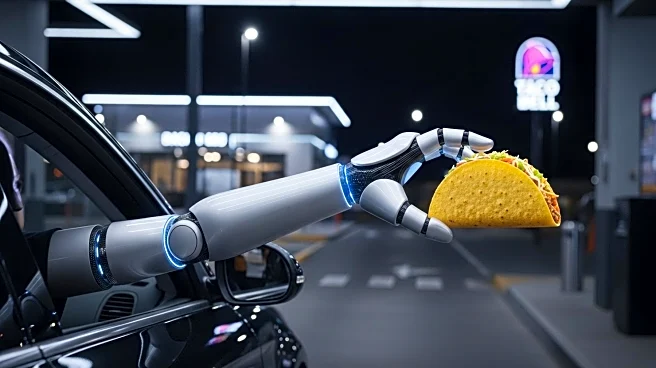What's Happening?
The GovCon industry is experiencing a significant workforce crunch as it navigates the complexities of talent acquisition and retention in a post-pandemic environment. The demand for skilled professionals, particularly those with cybersecurity expertise and security clearances, has intensified as federal agencies push for modernization and enhanced digital services. This has led to staffing bottlenecks, impacting the ability of contractors to deliver on secured contracts. Additionally, the integration of artificial intelligence is being explored as a means to alleviate administrative burdens, although cautious adoption is necessary to maintain trust among employees and customers. The hybrid work model, favored by many employees, presents further challenges as customer requirements often necessitate in-person presence, creating tension and frustration.
Why It's Important?
The workforce challenges in the GovCon sector have broader implications for the industry’s growth and operational efficiency. The inability to secure and retain talent can lead to missed opportunities and affect profitability and customer satisfaction. The cautious integration of AI offers potential benefits in terms of efficiency and capacity building, but it also requires careful management to avoid compliance risks and employee concerns about job security. The hybrid work model reflects a shift in employee expectations, necessitating creative retention strategies beyond salary increases. Companies that successfully address these challenges can differentiate themselves in the competitive market, enhancing their ability to attract and retain skilled professionals.
What's Next?
As the fiscal year approaches, GovCon companies are urged to adopt proactive workforce planning strategies, integrating talent forecasting with capture and proposal cycles to avoid last-minute staffing issues. Investment in training and upskilling is crucial for building a pipeline of cleared talent. Strategic use of AI and automation can relieve administrative pressures, but must be implemented where compliance risks are minimal. Cultivating a supportive company culture that emphasizes mission alignment and employee development will be key in reducing attrition and enhancing recruitment efforts. Companies that view workforce strategy as a competitive advantage are likely to thrive, while those that neglect it may face challenges in delivering on contracts.
Beyond the Headlines
The workforce crunch in the GovCon industry highlights the evolving nature of work and the importance of aligning company culture with employee expectations. The integration of AI and hybrid work models reflects broader trends in the workplace, emphasizing the need for flexibility and innovation. Ethical considerations around AI usage and employee trust are critical, as is the need for clear communication about the role of technology in augmenting rather than replacing human capabilities. The focus on mission alignment and career development underscores the importance of purpose-driven work in attracting and retaining talent.











